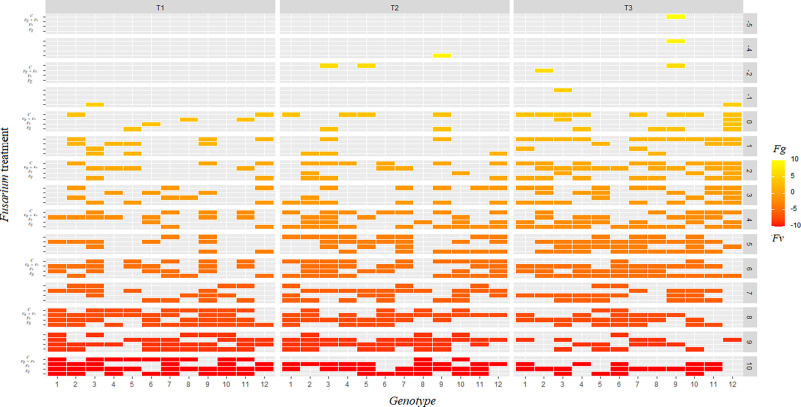International Journal of Food Microbiology, Volume 410, 30 January 2024, 110493, 2024
Highlights
The results showed a predominance of F. verticillioides over F. graminearum in maize.
Fusarium verticillioides increases its occurrence at late physiological states of maize.
No clear relationship between mycotoxin concentration and maize physiological stages was established.
Abstract
Maize is one of the most important crops worldwide, being affected by several fungal species under field conditions. The study of plant-pathogen interaction plays a key role because fungal diseases are responsible for reducing grain yield and quality by increasing mycotoxin production. Thus, the present work aimed to evaluate the interaction of F. graminearum and F. verticillioides and mycotoxin production under field conditions along different physiological stages. During the 2019/2020 and 2020/2021 growing seasons, twelve maize genotypes were inoculated at the flowering stage (silking). Four treatments were applied using one isolate of each species: (i) F. graminearum; (ii) F. verticillioides; (iii) a combined inoculum (F. graminearum + F. verticillioides); (iv) and control treatment. Fungal diversity, disease evaluation, and mycotoxin contamination were evaluated at three different physiological stages: T1 (from R2 to R4), T2 (from R4 to R6), and T3 (at harvest time). A total of 15,907 Fusarium isolates were obtained. The results showed a predominance of F. verticillioides over F. graminearum in both years evaluated, reporting an increase in the occurrence of this species at late stages. Regarding mycotoxin contamination, no evidence was found supporting antagonism or synergism regarding isolates of both species used as inoculum under field conditions. The results reported in the present manuscript point out a major influence of climatic conditions on F. verticillioides predominance over F. graminearum, mainly during the late physiological stages. Furthermore, no clear relationship between mycotoxin concentration and physiological stages was established, suggesting that other grain factors, such as water activity and pH, could modulate mycotoxin production and accumulation under field conditions.

